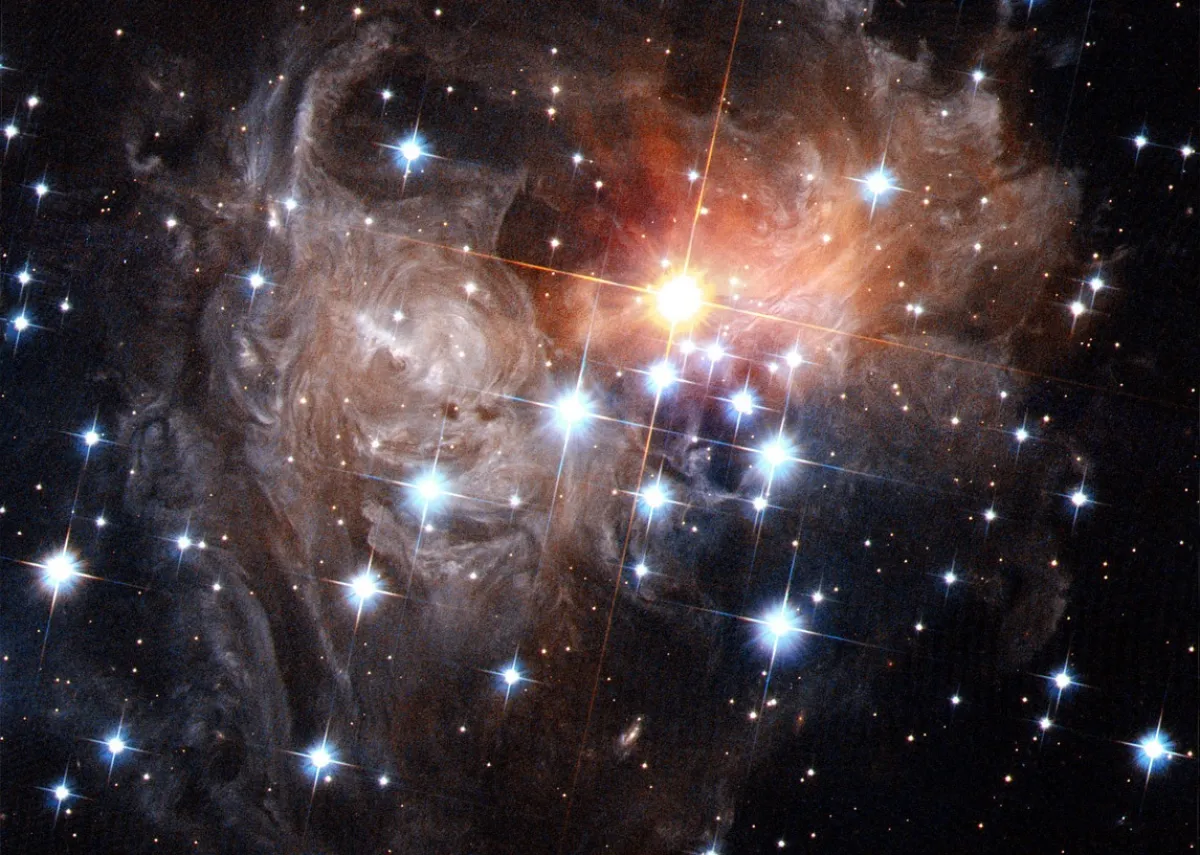Nucleosynthesis and ejection process: assisting in chemical tagging for the HERMES project
This Honours project was designed to complement the High Efficiency and Resolution Multi-Element Spectroscopy (HERMES) project being undertake at the AAT.
Research themes
Project status
Content navigation
About

This Honours project was designed to complement the High Efficiency and Resolution Multi-Element Spectroscopy (HERMES) project being undertake at the AAT. A chemical tagging technique was be performed in order to identify stars which were born together in the same formation sites. Chemical elements that range from light elements (such as carbon and oxygen) to heavy elements (via r- and s-processes of nucleosynthesis in stars) were used in this chemical tagging. These chemical elements are produced in a range of stellar progenitors via different nucleosynthesis processes.
The second part of the thesis investigated the ejection processes of the nucleosynthetic material. This is significant because the elements are released into the inter-stellar medium (ISM) - via stellar explosions or winds - and become components of the material in newly formed stars. It is important for us to understand the reason behind the homogeneously mixed ISM on scales of individual star clusters because it is observed that all stars formed in a cluster have similar composition. Therefore different clusters of stars can be identified because there is a chemical variation from cluster to cluster; this is called the chemical signature.

